We are all confused about the different types of IT architecture. The fact is that, when talking about designing a building as a parallel example, there are different levels of architecture, such as the overall architecture of the building, floor plans for each floor, and interior designs.
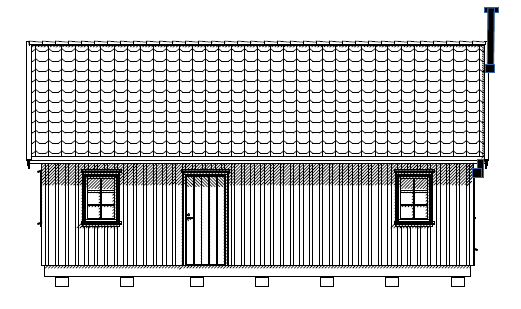
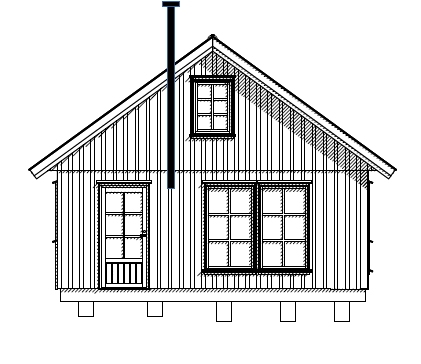
The same applies to IT architecture, and we can distinguish three types of IT architecture:
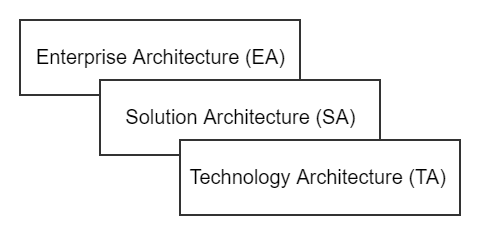
- Enterprise Architecture (EA)
- Solution Architecture (SA)
- Technology Architecture (TA)
What is Enterprise architecture (EA)?
Enterprise architecture (EA) is a strategic planning initiative that helps align business and IT. It provides a visual blueprint for the whole company. It includes all applications and IT systems that are used within the company and by different companies’ departments, including all applications (core and satellite), integration platforms, web, portal, and mobile apps, data analytical tools, data warehouse, data lake, operational and development tools, security, and collaborative applications, etc. From the blueprint (EA), you will see all the IT systems in a logical map.
The governance discipline from COBIT (4.1) gives you this definition:
Enterprise architecture for IT—Description of the fundamental underlying design of the IT components of the business, the relationships amongst them and the manner in which they support the organization’s objectives
From the father of Architecture Zachmann, we get:
A set of design artifacts, or descriptive representations, that are relevant for describing an object such that it can be produced to requirements (quality) as well as maintained over the period of its useful life (change).
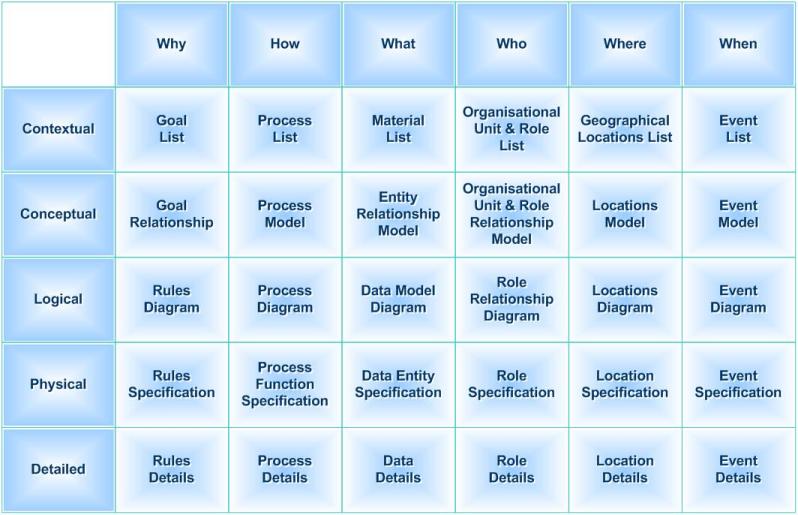
The Zachmann framework defines IT Architecture in terms of its goals, the TOGAF framework defines IT Architecture in terms of its contents. A set of design artifacts, that are relevant for describing an object such that it can be produced to requirements (quality) as well as maintained over the period of its useful life (change). The design artefact describe the structure of components, their inter-relationships, and the principles and guidelines governing their design and evolution over time.
From the famous development frameworks TOGAF the Architecture has two meanings depending upon its contextual usage:
A formal description of a system, or a detailed plan of the system at component level to guide its implementation.
The structure of components, their inter-relationships, and the principles and guidelines governing their design and evolution over time.
What is Solution architecture?
A solution architecture (SA) describes the functionalities that a specific system must provide. It is a detailed description of the functionalities needed to meet business objectives, the logic that governs them, and the information associated with them. It is also described as the functional architecture of an application or system.
What is Technology architecture?
Technology architecture (TA, sometimes defined as “IT Architecture”) is the detailed description of the various technology components needed to meet business objectives, the logic that governs them, and the data associated with them. In summary, IT architecture shows the software and hardware architecture and is less relevant to the overall business and company strategy and more focused on how the specific solution can be served by this platform.
Learn more about EA take the TOGAF certification
If you are more interested in enterprise architecture (EA) you should read the TOGAF documentation or maybe take the TOGAF certification.
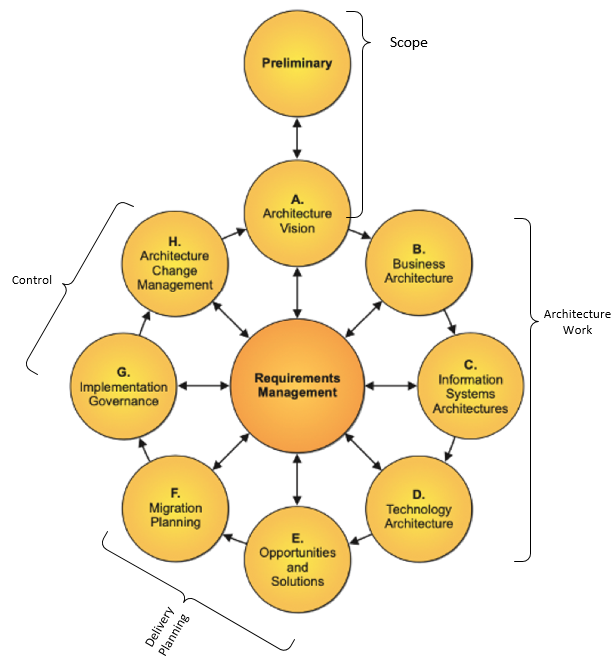
Are you thinking of taking the TOGAF foundation or certified test and looking for more information? There are hundreds of training providers who provide TOGAF® 9 certification training.The cheapest alternative is self-study.
The link below gives a brief introduction to TOGAF:
http://www.cmnogueira.pt/2013/03/12/an-introduction-to-togaf/
The link below gives you The Open Group TOGAF® Standard Courseware V9.1 Edition:
http://www.togaf.info/
General information from The Open Group about TOGAF exams can be found in the two links below.
TOGAF 9 Part 1 Exam Summary:
www.opengroup.org/togaf9/cert/docs/og91.html
TOGAF 9 Combined Part 1 and Part 2 Exam Summary:
www.opengroup.org/togaf9/cert/docs/og93.html
The Open Arch has made a list of examples of TOGAF® 9 tests. These are a collection of tests you can do to practice your TOGAF® 9 knowledge and were built to simulate a real TOGAF® 9 Part 1 and Part 2 exam. Beware that their test material is not written by The Open Group but by a team of TOGAF 9 certified architects. For more details, check out their website:
http://theopenarch.com/81-tests/72-togaf-9-exam-tests.html
The Open Arch portal aims to spread enterprise architecture best practice and offer free enterprise architecture resources.
You will find lots of information about TOGAF on Udayan Banerjee’s home page. He has also administered some TOGAF® 9 Part 1 and Part 2 exams that were not written by The Open Group:
http://setandbma.wordpress.com/2011/03/31/togaf-foundation-level-certification-another-practice-test/
Chris Eaton has successfully completed the TOGAF® 9 Part 1 and Part 2 exams.Be aware that the test material is not written by The Open Group:
http://chriseaton.wordpress.com/2009/08/24/togaf-9-certification-multiple-choice-questions/
I hope these links will help you.